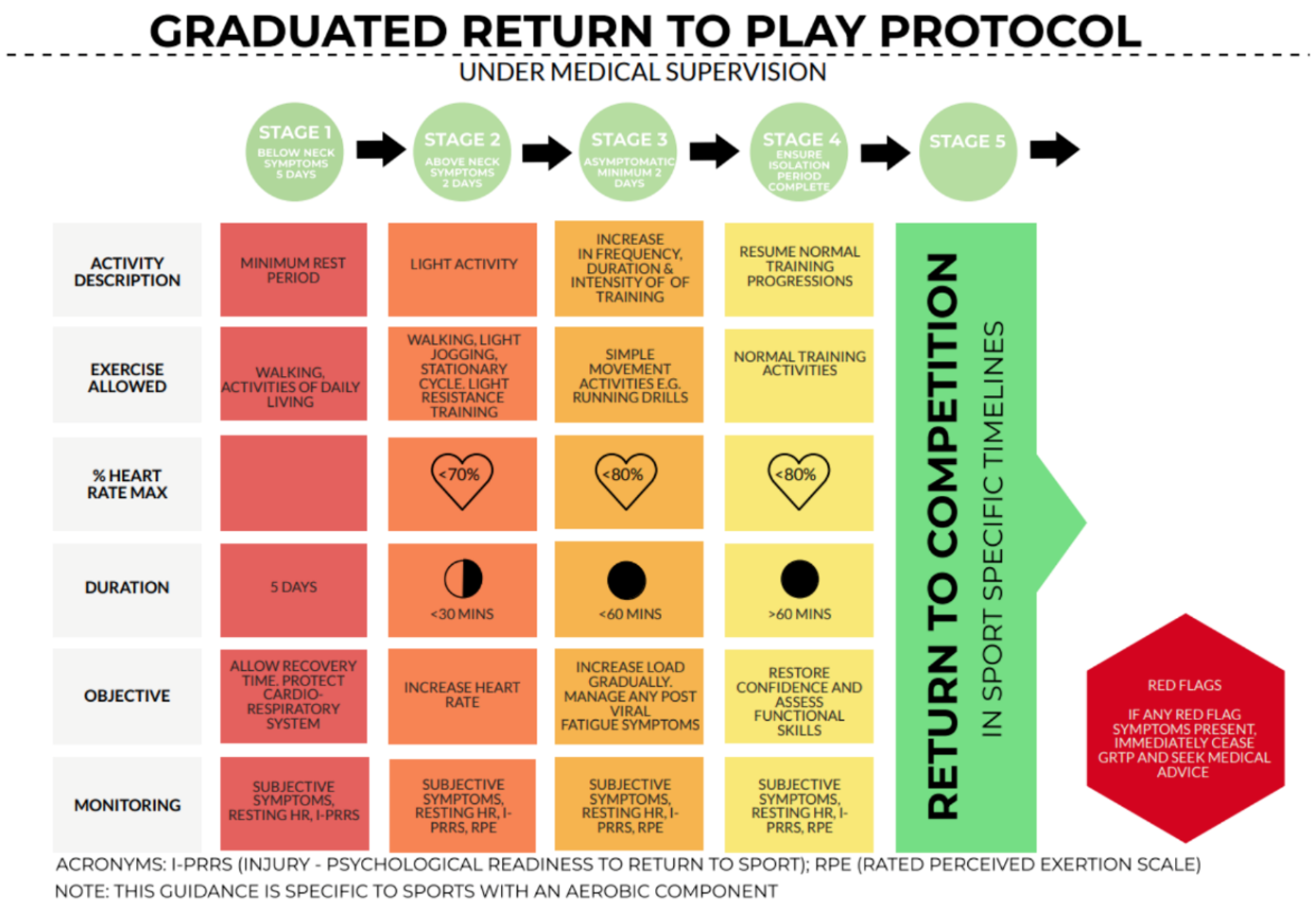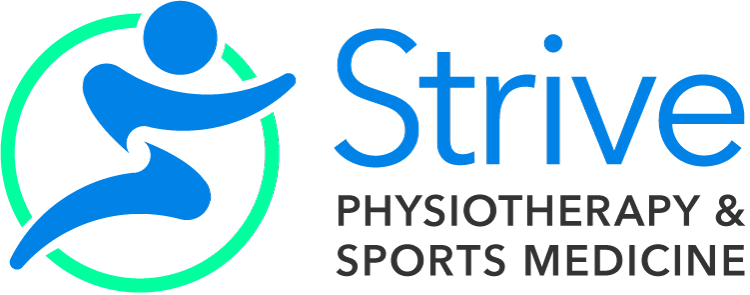How to return to activity after COVID?
I had big fitness plans for this summer that involved logging some serious KMs on my bike. May and June were great months of building base until I got sick with COVID and it knocked me down for a good week. I had many symptoms, low grade fever, cough, body aches, fatigue and headaches. I couldn’t even think of getting on my bike and some days getting the motivation to walk was an accomplishment.
I started to wonder when is too soon to get back on my bike and how to I monitor myself to know that I am not doing too much too soon?
The first challenge is that COVID is still a relatively new virus and so guidelines for return to play are evolving as we learn more. It is important to remember that COVID is a respiratory and circulatory virus which means it affects not just our lungs and respiratory system but can also affect our heart via its impact on the blood vessels. The risk of returning to high intensity activities too soon is adding more strain to these organs.
By now, you have likely heard that infection with COVID-19 increases the risk of heart and lung complications. Myocarditis, inflammation of the heart, is one potential consequence. This is a risk with any virus, but it appears to be slightly more common after infection with COVID -19. Research is growing that persistent inflammatory lung problems can develop after a COVID-19 infection and these symptoms are responding differently to the standard medications, then when caused by other viruses. Stressing the lungs with exercise too soon after an infection may affect the body’s ability to heal. While this is tough information to hear, it is important to remember that a short downturn in fitness can be recovered and the risk of developing myocarditis or lung complications is not worth pushing yourself too hard, too soon.
Contributing scientists to the British Journal of Sports Medicine have published revised graduated return to play guidance following COVID-19 infection in April 2022 to reflect the evolving recommendations over the past 2 years. Here are the highlights. To read the original article here or the revised statement here. Please remember that this protocol was developed for the medical management of athletes return to sport and this information should be used only as a guide. Please consult with your medical professional to help you customize this approach for your unique concerns and health status.
Before starting with this progression, you must be able to:
- complete all activities of daily living without excessive fatigue and/or breathlessness
- be able to walk on the flat without getting breathless.
If you required hospitalization or required acute emergency care, please consult your physician prior to initiating any return to exercise for additional guidance.
The following infographic lays out a step by step progression for return to play based. An individual enters the graduated protocol at a stage that corresponds to the symptoms experienced. The authors of this protocol highlight the need for clinician supervision to help reason and guide an individual safety through the process. Please seek advice for your individual situation.

Evidence from athletic populations suggests that for those who test positive and are asymptomatic or only have ‘above neck symptoms’ (e.g. cough, loss of taste or smell) appear to recover more quickly and may be able to safely
resume full training more quickly. For athletes who experience ‘below neck’ or more systemic symptoms (including, but not limited to: fever, shortness of breath, chest pains or palpitations), return to training is longer.
For those with ‘below neck’ symptoms, using this protocol, would start at STAGE 1 with a minimum of 10 days to progress through the stages. Step 1 is rest for at least 5 days to optimize the initial recovery and protect the cardio-respiratory system this initial 5 days of rest, If
symptoms are improving after 5 days, then you progress into STAGE 2 (a minimum of 48hrs of light activity), then progresses through STAGE 3 over a minimum of 48hrs. As such, STAGE 4 (normal training resumption) could, in theory, be achieved as soon as day 10, and then STAGE 5 (return to competition).
For those who have mild ‘above neck’ symptoms only it is recommended that the progress has a minimum of 5 days to complete, starting at STAGE 2 (i.e. an athlete can continue to undertake light activity). After 48hrs, this progresses through STAGE 3 over a minimum of another 48hrs. As such, STAGE 4 (normal training resumption) could progress as soon as day 5, and with STAGE 5 (return to competition) following as indicated. Now remember to adhere to public health self-isolation periods even if STAGE 4 commences before the end of the self-isolation.
Tested positive but remain asymptomatic? Start at STAGE 3 and watch for the development of changes in your heart rate or breathing rate and symptoms that may be associated with Covid-19. If signs and symptoms develop, should return to STAGE 1 or STAGE 2 depending if they are above or below neck symptoms.
There are some symptoms that are ‘red flag’ symptoms which mean, stop the activity you are doing, do not progress with the protocol and seek medical help immediately.
These include:
- severe or increased breathlessness
- fainting or passing out
- chest pain – dull, sharp, central or left sided with radiation to back, neck or arms
- usually high heart rate during exercise or slow heart rate recovery (compared to previously known heart rate responses)
- persistent headaches
- excessive fatigue or failure to recover
- usually high rating of perceived exertion – this is your perception of how hard you are working
- new or progressing mental health concerns
So for me, this means I am sticking to walking until my symptoms are improving and then I will start at stage 1. Thankful for the geek in me that has lots of heart and respiratory rate data recorded to use to help guide my progression.

